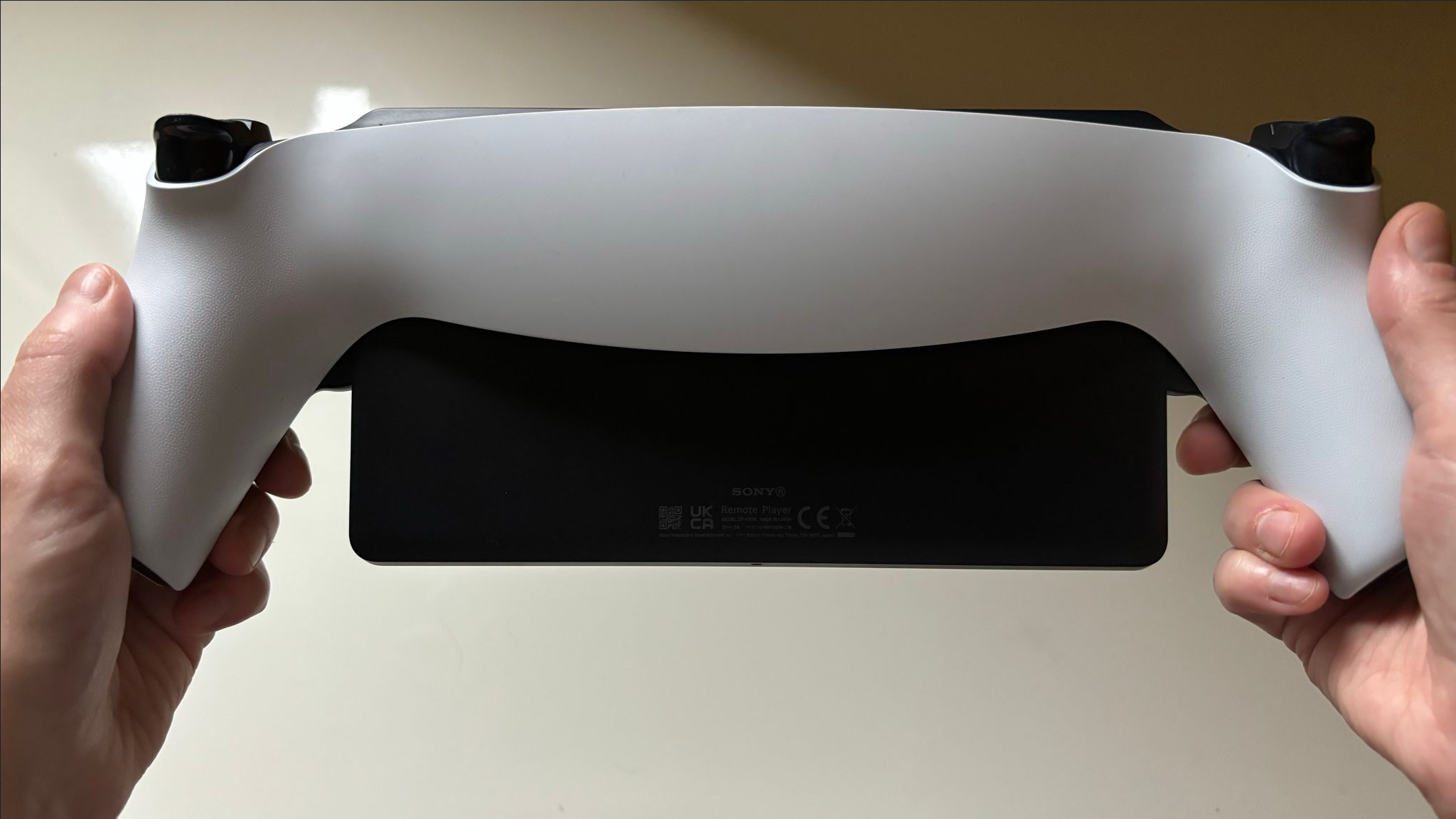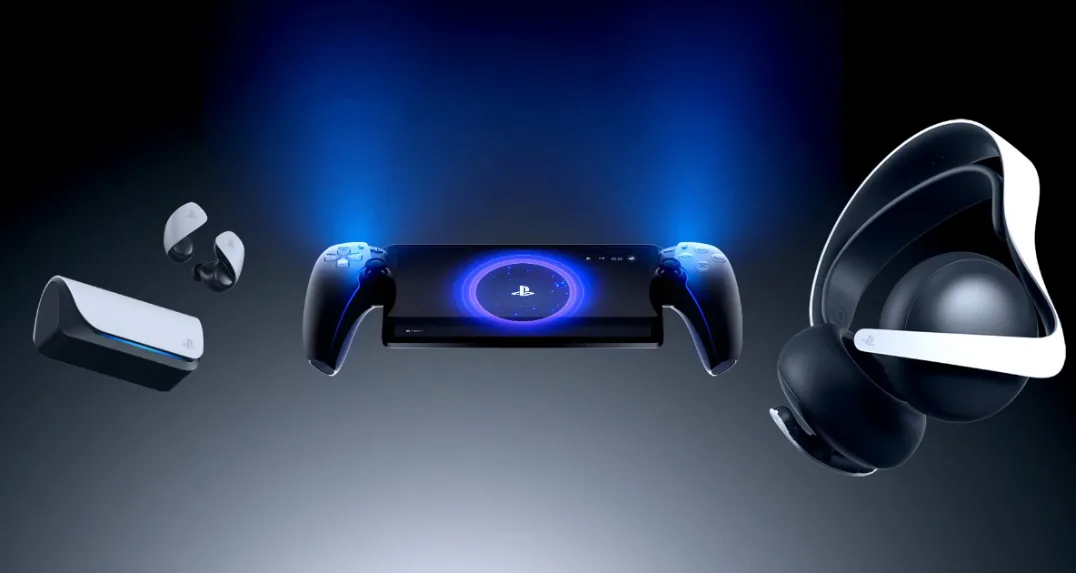PlayStation Portal is not the successor to the PSP or PS Vita. It is a device through which you can stream games from your PS5, and therefore it always needs an active network connection. The result is a niche portable device that can nonetheless be interesting to some gamers.
Who doesn't like mobile devices? Personally, I don't like to always have to game on the big screen TV or PC monitor while tied to a chair or sofa. Mobile gaming can often feel liberating and at the same time accessible. It's nice to be able to play anywhere in the house, and portable devices are also perfect for short gaming sessions.
However, as mentioned earlier, the portal is not an ordinary mobile device. Without a network connection, you can't do anything and you also need a PS5 that actually does all the calculations. Playing away from home is definitely not guaranteed on the portal because of the first point, something I will discuss in detail later. However, even playing indoors is not always an ideal experience.
The initial setup of the portal is very simple and quick, but for me it resulted in an unacceptably stuttering image. I've had to make some adjustments like connecting my PS5 to a wired ethernet network and performing some port forwarding functions on my router. Only then did my gaming experience become stable. It will never be completely perfect. Even under good conditions, you'll still notice that you're streaming games. The slight lag you experience can be compared to the difference between 60fps and 30fps.
PlayStation Portal was created specifically to take full advantage of the Remote Play app. This isn't a bad idea, but it means there are also some good alternative options. Sony has made the app available for iOS, Android, and Windows for years. This allows you, for example, to connect the controller to your smartphone or, in a roundabout way, install Remote Play on your Steam Deck for similar experiences. If you find these options good enough, you definitely won't need Portal, but personally I think Sony's option is clearly superior.
The biggest advantage of PlayStation Portal is that it uses the very comfortable DualSense controller. The levers are slightly smaller and the touchpad functionality has been moved to the touchscreen, but otherwise it's exactly the same controller we're used to. This means that it also has haptic feedback and adaptive triggers. In terms of design, it looks a bit crazy. It's as if they cut the DualSense in half and then glued the two pieces onto a tablet. However, the result is great in terms of ergonomics. The Portal feels very comfortable in the hand, something that became more apparent to me when I tried to return to the Switch or Steam Deck.
For me, the fact that it has a real controller is reason enough to choose the Portal when it comes to remote play. However, the gateway is robust in terms of hardware. For example, an 8-inch LCD screen is fine, but we're all starting to get used to OLED screens and they always have richer color reproduction. Furthermore, the speakers on the Portal are also good, but if you really want good sound, you're better off using wired headphones.
Speaking of audio, PlayStation Portal does not support Bluetooth. Instead, Sony offers “PlayStation Link”, a proprietary protocol through which they promise lower latency and lossless audio. In practice, this means that the picture and sound are always in sync, something that is not always guaranteed with standard Bluetooth technology. The problem is that PlayStation Link can currently only be used with new Sony devices like the Pulse Explore earbuds (we'll have a review of this soon) and the Pulse Elite headset (only available from February 2024). It's great that Sony has a luxury option if you want perfect wireless sound, but the complete lack of regular Bluetooth is very limiting.
PlayStation Portal works fine on a stable home network, but what if you want to play outside? We received our review copy before I went on vacation to Mexico, so I was able to test the portable device extensively at several hotels and Airbnbs among the piña coladas. The results, as expected, were very mixed. The first hotel I stayed at had good WiFi, but you had to log in through the web portal first (a common practice for public WiFi). This is a big problem for the PlayStation portal, because this device does not have a browser. So my only option was to create a WiFi hotspot on my phone and connect the gateway to it. Unfortunately, this resulted in a very significant connection lag, making playing on the portal impossible.
Fortunately, my second test was much better. At an Airbnb elsewhere, my portal worked almost perfectly and I could enjoy the games. It's still a little strange to have my PS5 ten thousand kilometers away from me playing the game. My last Airbnb was in a small town with slower internet. According to Sony, you only need an internet speed of 5Mbps, but when connected at around 15Mbps, I wasn't able to get much done. In general, you can't simply assume that you can use the portal outside your home, unless you know that your Airbnb has good internet.
Conclusion:
The PlayStation Portal is an excellent remote play machine. Thanks to the large screen and especially the great DualSense controller, the Portal is great for gaming. Remote play is the only thing the Gateway does, and at the price (€219) I would have preferred the OLED screen and slightly more extensive audio options. However, after a few weeks, this device is still a regular in my gaming rotation. The Portal hasn't become a staple or a true successor to Sony's older portables, but despite its limitations, it's the best option if you want to extend the range of your PS5.

“Thinker. Coffeeaholic. Award-winning gamer. Web trailblazer. Pop culture scholar. Beer guru. Food specialist.”










More Stories
Comet Tsuchinshan-Atlas is ready to shine this fall
Sonos isn’t bringing back its old app after all
Indiana Jones and the Great Circle is coming to PS5 in spring 2025